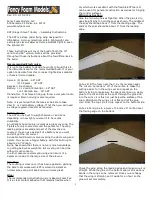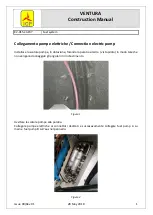Summary of Contents for M20 F
Page 2: ......
Page 14: ...FIGURE 1 1 DIMENSIONED THREE VIEW ...
Page 58: ......
Page 60: ...FAA APPROVED MOBNEY M20F 10 20 95 LOG OF REVISIONS ...
Page 70: ...FAA APPROVED 10 20 75 ...
Page 76: ...LANDING DISTANCE OVER FOOT OBSTACLE WING FLAPS FULL DOWN APPROACH IAS 80M P H KTS ...
Page 81: ...CRUISE 8 RANGE AT SEA LEVEL 5 9 F ...
Page 82: ...CRUISE 8 RANGE AT 2508 FT 50 F MMTURE SETTING ...
Page 83: ...CRUISE RANGE AT 50t 9 FT 415 ...
Page 84: ...CRUISE RANGE AT 7 5W F T 32 F ...
Page 85: ...CRUISE 8 RANGE AT 18 080 FP 23 F ...
Page 86: ...CRUISE W A N C E AT 12 500 FI 1 7 C MIXTURE SETTING ...
Page 98: ......



































